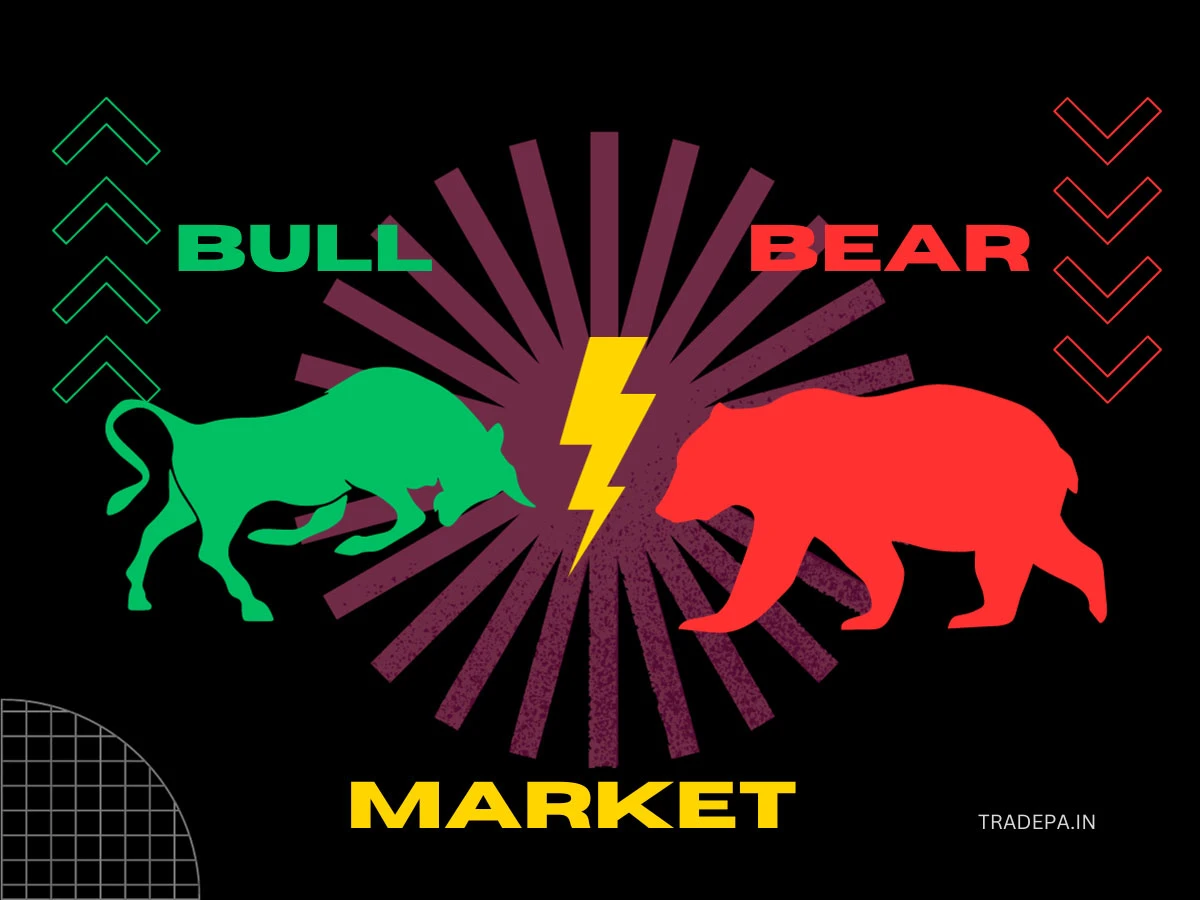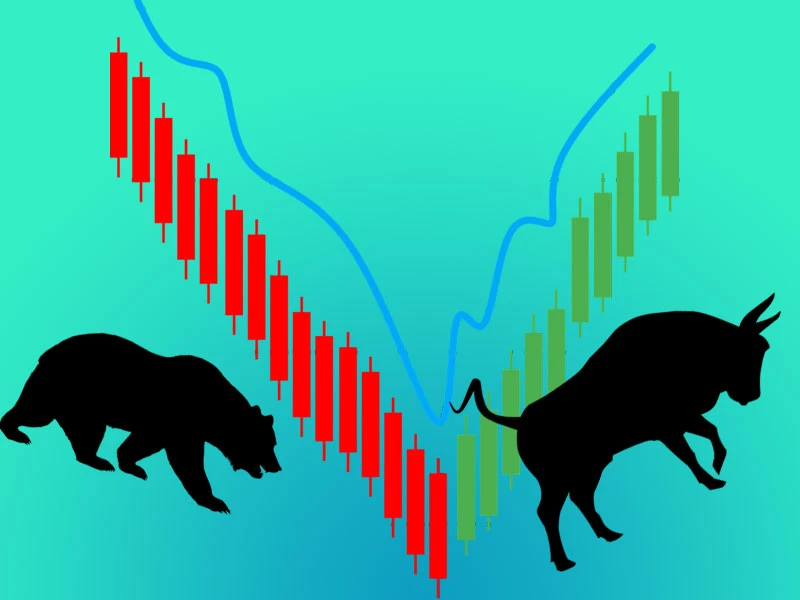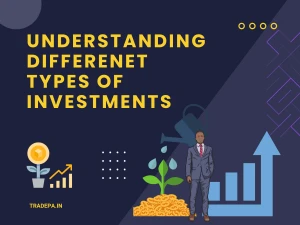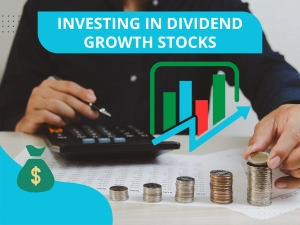What is Bull and Bear Market

Hey there, fellow beginner trader! If you've just started your journey in stock markets trading, chances are you've likely encountered the terms "Bulls" and "Bears." No, we're not talking about your favorite animals here; we're diving into the fascinating cycles that drive the stock market - Bull and Bear markets.
Buckle up! Let's unravel this intriguing concept together.
What Exactly are Bulls and Bears?
In the stock market arena, Bulls and Bears aren't just symbols of animals; they represent two dominant trends steering market behaviors.
A Bull Market signifies an optimistic phase where stock prices soar, fueled by increased investor confidence. This upward trajectory aligns with economic growth factors, fostering a favorable market atmosphere. Imagine Bull markets as sunny days filled with optimism, rising prices, and investors feeling on top of the world. Historical examples, such as the exuberant Roaring Twenties and the tech-driven '90s Boom, exemplify these prosperous times.
Contrarily, a Bear Market heralds pessimism. Investors witness declining stock prices, triggering fear and uncertainty. Economic downturn indicators become apparent, leading to cautious investor sentiments. Bears bring forth a storm – stock prices fall, fear looms, uncertainty spreads like dark clouds, and it feels like everyone's seeking shelter. Instances like the Great Depression, the 2008 Financial Crisis, and the most recent Covid pandemic are potent reminders of the depth and reach of such bearish phases.
Why Should You Care?
These market trends aren't just fancy terms tossed around by experts. They matter a lot! Understanding Bulls and Bears can influence your investment decisions and even the economy. Yep, it's that big!
Spotting the Transition
Recognizing the shift from Bull to Bear markets, or vice versa, is like foreseeing a plot twist in your favorite movie. It involves monitoring indicators, how investors feel about economic factors, and analyzing those nifty charts and trends that can offer hints about these market transitions.
Navigating Bull and Bear Markets

Alright, let's talk strategies. In Bull markets, think of growth stocks and being the savvy buyer who knows when to jump in. It's like catching a wave at the perfect moment. Diversification and effective risk management strategies prove crucial during these times.
But in Bear markets, it's all about playing defense. Think defensive stocks and hang onto your investments patiently for the storm to pass.
Differences between Bull & Bear Market
| Aspect | BULL MARKET | BEAR MARKET |
|---|---|---|
| Investor Attitude | Optimism: In a bull market, investors are optimistic and confident about the market's future direction. | Pessimism: In contrast, a bear market is marked by pessimism and a general decline. |
| Prices | Rising Prices: This period is characterized by rising asset prices across various financial markets, such as stocks, bonds, and commodities. | Falling Prices: Prices of assets tend to decline consistently, and there's an atmosphere of fear or uncertainty among investors. |
| Economic Condition | Economic Growth: Generally, a bull market coincides with a growing economy, low unemployment, increased consumer spending, and high investor confidence. | Economic Contractions: Bear markets often coincide with economic downturns, higher unemployment rates, reduced consumer spending, and a lack of confidence in the market's future. |
| Investor Behavior | Investors are more inclined to buy stocks, expecting prices to continue to rise. |
Investors might sell off their investments or refrain from buying, expecting further declines. |
These market conditions impact investor strategies, risk appetites, and overall market sentiment. Market cycles naturally encompass both bull and bear markets, and investors often try to adapt their strategies to these changing conditions to make informed investment decisions.
Investor Psychology
Here's the juicy part. Markets aren't just numbers; they're emotional rollercoasters. Understanding how emotions sway decisions (looking at you, fear, and greed) helps make rational choices and avoid common pitfalls.
Predicting the Future
Have you ever wished you could predict the weather? Predicting market trends is similar but involves a few more numbers. Predicting market trends isn't clear, but it's not entirely impossible. Analyzing predictions, understanding analyst roles, and keeping an eye on trends can give you a glimpse into what's coming next.
So, why does all of this matter? It's about being flexible and adaptable in this fast-paced stock market ride. It's about navigating with knowledge and wisdom, not just diving in blindly. It's the difference between riding the waves and getting caught in the storm.
Final Thoughts
Congratulations! You've just taken your first steps into the thrilling world of Bulls and Bears. Remember, starting slow, learning the ropes, and adapting is okay. The key is learning, staying curious, and making informed decisions.
Phew! That was quite the journey, wasn't it? But hey, you've got this! Happy trading, and here's to navigating those Bull and Bear markets like a pro!








